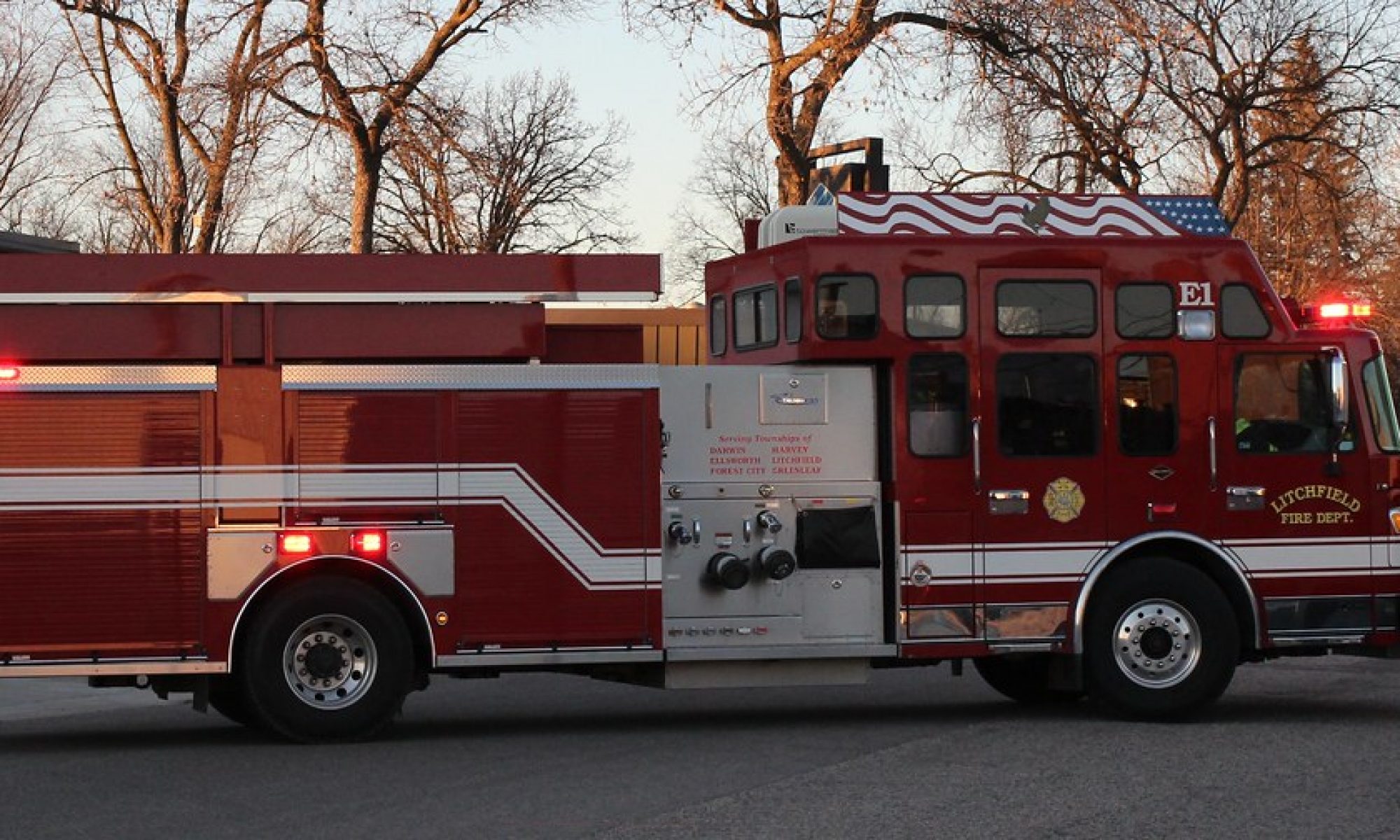Heating Safety :
Heating fires have been a leading cause of fires in Minnesota for the last several years. Nearly all of the death, injury and dollar loss could have been prevented with proper understanding and safe use of heating equipment. Safety should be your first consideration when heating your home.
Here are some safety tips to remember:
Fireplaces
If purchasing a fireplace, select one that is listed by a testing laboratory and have it installed according to manufacturers’ recommendations and local codes. Chimneys need to be inspected by a professional sweep prior to the start of each heating season and periodically throughout the year.
Have chimneys cleaned if there is a buildup of creosote. Creosote is a chemical substance that forms when wood burns, builds up on the chimney wall, and is highly combustible. Fireplace screens should be firmly in place when you burn fires.
Burn only clean, well seasoned, dry firewood in the fireplace.
Make sure smoke detectors are installed and working
Space/Portable Heaters
Portable heaters come in many shapes and sizes and use a variety of fuels or power sources. When purchasing or using a space/portable heater, make sure it carries a UL or FM label and is approved for the use you intended. -Place any portable device a minimum of 36 inches from anything combustible, including: wallpaper, bedding, clothing, pets and people.
Space heaters need constant watching and should be turned off when you leave your home and before bedtime.
Drying mittens or other combustibles over a space/portable heater is a fire danger.
Make sure all cords on electric heaters are in good shape and checked periodically for any frays or breaks in the insulation surrounding the wires.
Check the cord and outlet occasionally for overheating; if it feels hot, discontinue use.
Liquid-fueled heaters, such as kerosene, are not generally recommended for use inside the home for several reasons:
They are a non-vented unit; extreme caution with proper openings to the outside is necessary to eliminate the possibility of asphyxiation.
When using these types of heating devices, manufacturers’ recommendations must be followed faithfully.
Units must be cooled before refueling; this should take place outside of the structure. Fuel must be stored in a container approved by the fire department and clearly marked with the fuel name.
Our best recommendation is to use space/portable heaters cautiously and know the operating, maintenance and refueling procedures of your unit. Do not deviate from what is recommended.
Wood Stoves
Stoves should bear the name of a testing laboratory and meet local fire codes. Contact your local building or fire official if you have questions or concerns about a unit. Follow manufacturers’ recommendations for proper use and maintenance.
Maintain clearances around stoves, flue pipes, and floors according to manufacturers’ recommendations.
Check all connections at the beginning of the heating season.

